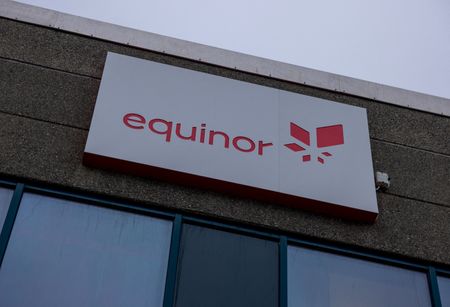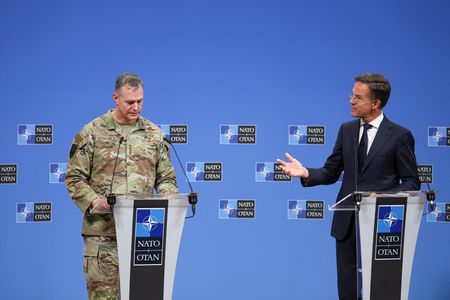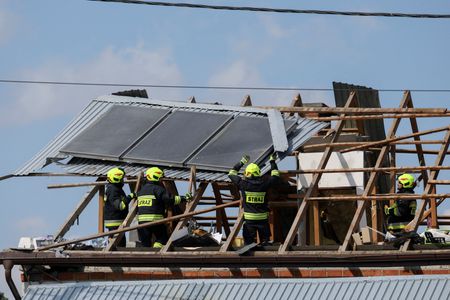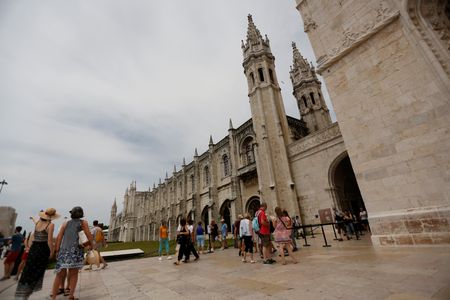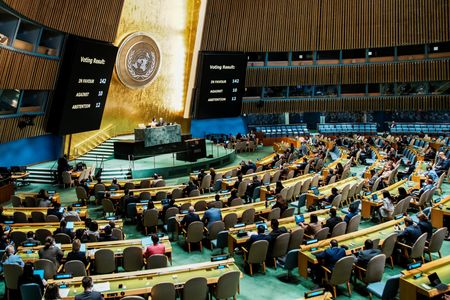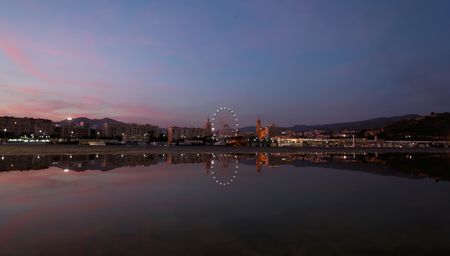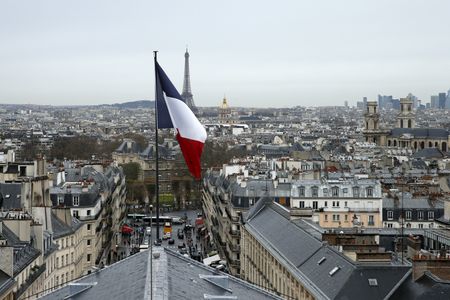OSLO (Reuters) – Equinor’s Johan Castberg oilfield in the Arctic Barents Sea began production on Monday after several delays, and is expected to repay its 86 billion Norwegian crown ($8.14 billion) price tag in less than two years, the company said.
Castberg becomes the second producing oilfield in the Norwegian sector of the Barents Sea after Vaar Energi’s Goliat came onstream in 2016.
“The field will be producing for 30 years and bolsters Norway’s role as a reliable and long-term supplier of energy,” Equinor said in a statement.
The field is estimated to hold some 450 million-650 million barrels of recoverable oil, and has a capacity to produce about 220,000 barrels per day.
It is expected to ramp up to this level in the second quarter of 2025, Equinor said.
“We expect that this major field development… will be repaid in less than two years,” senior Equinor executive Geir Tungesvik said, without elaborating.
The company has also made several nearby discoveries that it aims to move into production via Castberg’s floating production, storage and offloading (FPSO) vessel, and continues to explore in the area, it said.
Equinor operates the Castberg field and owns a 46.3% stake, while Vaar Energi, controlled by Eni, and Norway’s Petoro have 30% and 23.7%, respectively.
The Norwegian government wants oil companies to explore more in the Barents Sea, where the authorities estimate most of the country’s undiscovered petroleum resources are located.
Environmentalists however have strongly criticised such plans as they stand in contrast to Norway’s international commitments to reduce carbon dioxide emissions.
The Castberg field was originally scheduled to start in 2022, but construction of its FPSO had been delayed due to the COVID-19 pandemic.
A later plan to start Castberg by the end of 2024 was postponed due to bad weather in the area.
($1 = 10.5597 Norwegian crowns)
(Reporting by Nerijus Adomaitis and Terje Solsvik; Editing by Louise Rasmussen and Jan Harvey)

